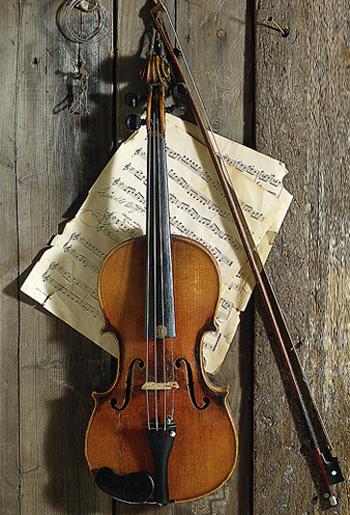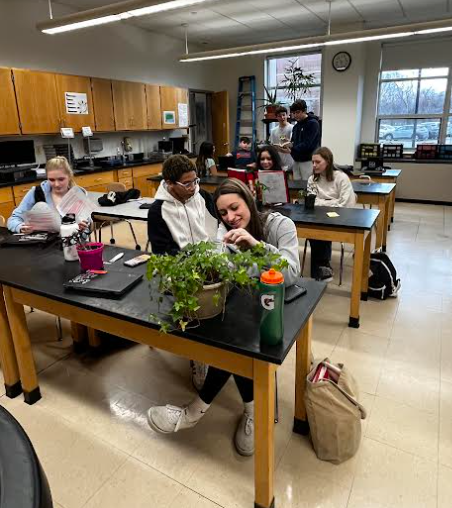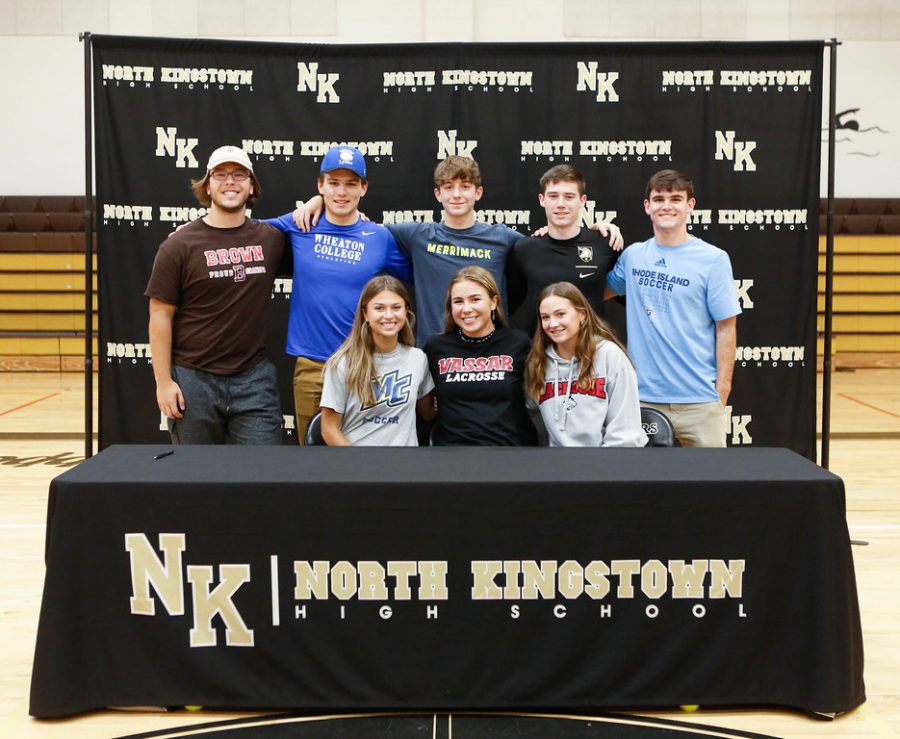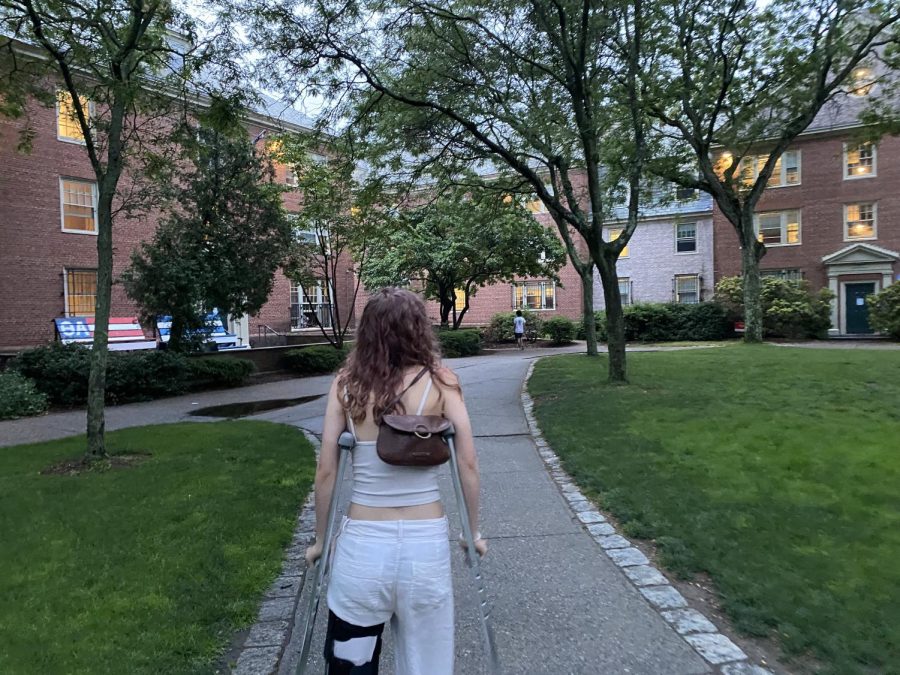A forgotten music industry: Bluegrass still relevant

http://www.appalachianbluegrass.com/wp-content/uploads/2011/04/fiddle-01.jpg
A traditional bluegrass fiddle
Fresh off the boat and finding their way in America, the bright eyed and slightly dingy immigrants from Ireland, Scotland, and England in the 1600s found comfort in singing and playing traditional music together. They played jigs and reels on the fiddle, having a jolly good time. Little did they know, they would be the makers of a new type of music altogether: bluegrass. These immigrants settled in the Carolinas, Tennessee, Kentucky, and Virginia. When they faced hardships, they wrote songs and sang the pain away.
According to the Bluegrass Heritage Foundation, bluegrass started off as traditional songs played in family gatherings, the fiddle as the main instrument. After the Civil War, former slaves introduced the banjo and characteristics of the blues. In 1948, bluegrass became a post-war country music industry, emerging as its own genre.
The lyrics chiefly distinguish bluegrass from country music. Songs were about lost love, everyday experiences, and the hardships of living in Appalachia. Bluegrass songs also focused on darker subjects such as mortality. A modern example is Alison Kraus & The Union Station’s “Momma Cried.” About a mother who has lost her daughter, this song includes heartwrenching parallels such as, “There was mourning in the evening Momma cried.” A trademark of bluegrass music is the expertly crafted, often solemn, lyrics.
The traditional instruments are the fiddle, five-string banjo, guitar, mandolin, and upright bass. Perhaps the most distinctive feature of bluegrass is the vocal harmony. The vocals range from two-to-four-part harmonies, the highest voice often sounding dissonant.
Bluegrass is still relevant in North Kingstown High School through the Bluegrass Club. A plucky advisor to the club, Mr. Matthew Blaser enjoys playing with his fellow bluegrass enthusiasts. The Bluegrass Club usually meets every Wednesday after school in room 309. The club meets and holds a jam session. In these sessions, they pass around the melody or improvise. Each student not only has the chance to shine individually, but they also get to play with the group. Of the sessions, Blaser said, “The solo part is challenging. It forces you to really know your chords.” The instruments in the club are guitar, banjo, ukulele, fiddle, and the bass. The club is all acoustic. They have vocalists and play around with vocal harmonies.
Junior and ukulele player Joyce Omaiye said, “I like how we just get together and have jam sessions. Anyone is allowed to bring in their own music they want to play that week.”
Blaser said that he enjoys the variety of songs: sometimes they can be somber and heartbreaking, or they can be upbeat and happy. He also appreciates the “borrowed tradition” of the old songs dating back a few centuries as well as the great new music still being produced.
The club plays old ballads, “old timey” music, and folk songs. They can also play bluegrass remixes of Beatles songs. There are some humorous remixes such as “Picking at Coldplay” or “Picking at the Eighties” that have surfaced in the bluegrass industry. The Bluegrass Club works towards performing in the morning on the spine. “We usually like to play in the morning before the Christmas band concerts,” said Blaser. In the past, these performances have been a lot of fun. The unique sound of the banjo and other instruments plucking joyfully away in the hall can put a skip in your step. It’s the perfect start to the day.

Alison Kraus & The Union Station

Men play bluegrass together on their way across the country
Your donation will support the student journalists of North Kingstown High School. Your contribution will allow us to distribute a print edition of the Current Wave to all students, as well as enter journalism competitions.




